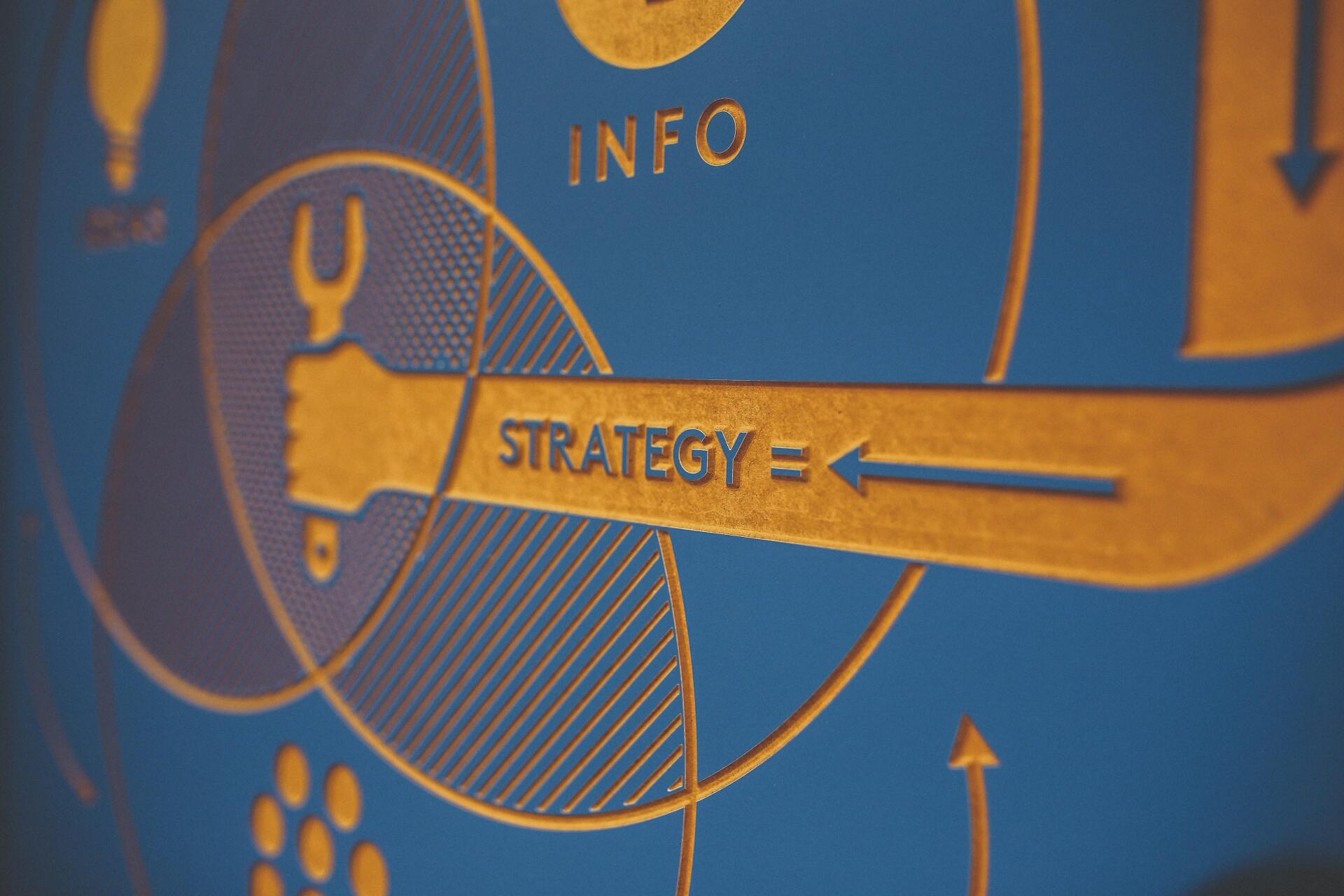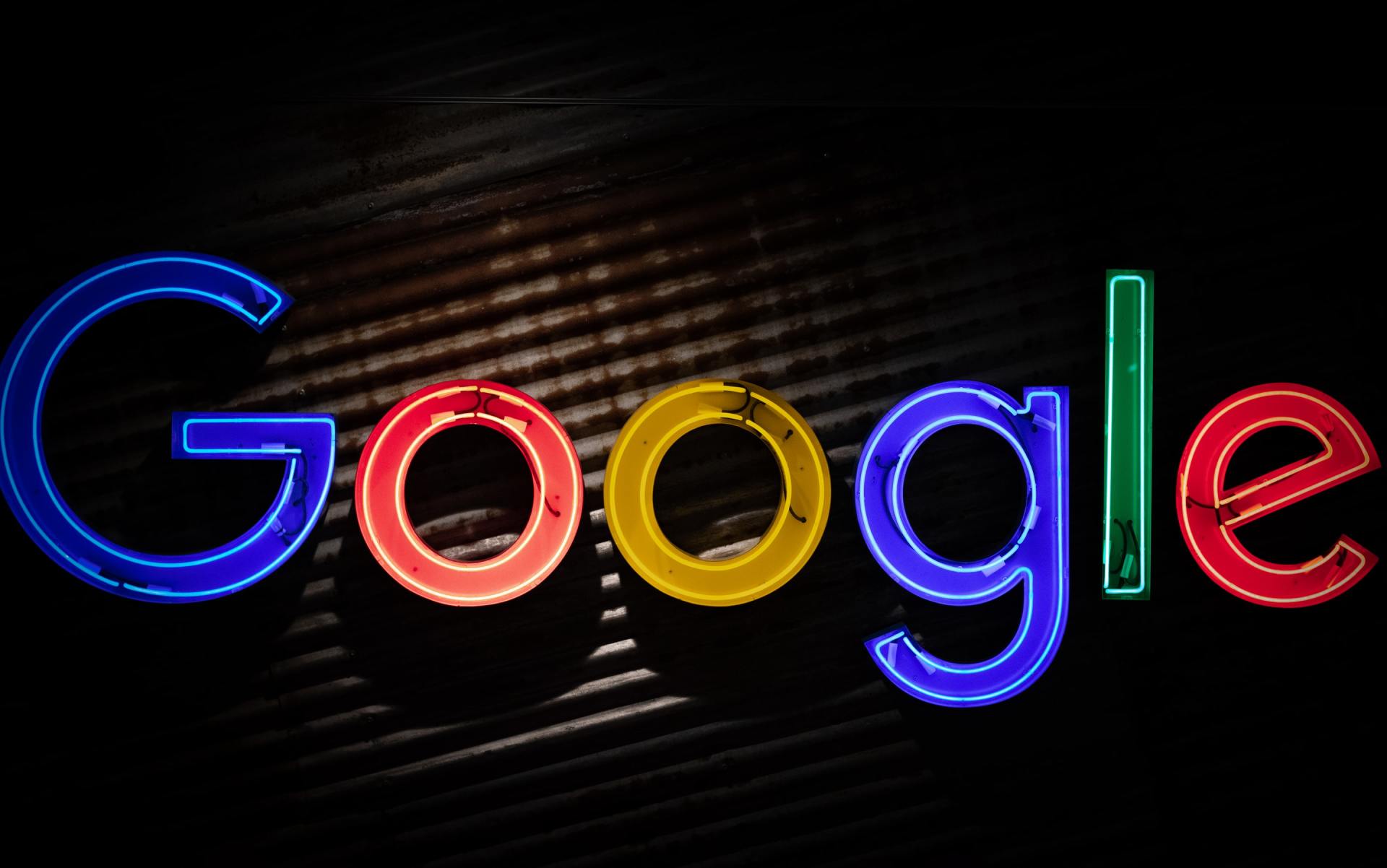Understanding Marketing Automation
What is Marketing Automation?
The word automation is synonymous to robots and artificial intelligence, and marketing automation is no different. Marketing automation is all about using specialized software to automate repetitive and time-consuming tasks that marketing professionals face. Tasks such as answering messages on social media platforms, sending email campaigns and posting to social channels are all examples of tasks that are easily managed through automation. The specialized technology manages a multitude of marketing processes that allows employees to focus on other tasks of higher importance.
What does Marketing Automation do?
In a way that is most easily understandable, marketing automation consists of software and technical programs designed to work as a tool for modern marketers. This marketing tool helps streamline and simplify many different marketing processes that can be considered tedious and time-consuming. Tasks such as answering messages on social media, interacting with comments on posts, or even generating keyword lists are all tasks that consume the precious time of marketing professionals everywhere, but are easily managed through automation.
There are other uses for marketing automation as well. As the business world keeps evolving and becoming more complex, automation helps by simplifying areas of higher complexity for marketing professionals to use more effectively. Areas such as audience creation, lead nurturing and even designing the right content are all more complex features that automation can manage.
Marketing automation works by collecting information on your customers. This is done by analyzing interactions on social media, emails and even website visits that all provide valuable information for your marketing automation to utilize. The information collected helps the automation technology build a 360-degree view of your customers, helping it identify the key characteristics of your primary audience. With this knowledge, the marketing automation technology can go to work on building appropriate audiences, identifying key targeting practices and tailoring messages to each customer based on their profile. From there, you can assign what tasks you would like your automation to manage (depending on the application) and free up time for other, more pressing issues.
What does this mean for the Future of Marketing?
Why it is still hard to predict the true impact this technology will have on the future of the marketing industry, and ever-changing trends, we all will be experience marketing automation at some point in time. Because of its many useful applications and ease of use, marketing automation can be used by companies of all sizes and is not reserved for the large and wealthy businesses. The impact that marketing automation will have on the industry is still unforeseeable, however, we can identify some key areas it will shape over the next few years. These include:
- Not expelling a human touch – no matter how advanced marketing automation becomes, there is something to be said about interacting with another human. One of our core needs as humans, feeling connection, will always ensure that living, breathing people will still be involved in the business cycle. There will always be high-value on building trust and connections with customers, something that automation can’t accomplish
- More data will be captured – As automation processes develop further, and we continue to access the internet, technology will continue to capture more and more of our personal data and preferences. By accessing more data, automation technology will be able to create more personalized messaging and more accurate audiences.
- Customer Experiences will change – with more accurate data, which is likely to be directly related to your customers, the overall customer experience will change and become more efficient. Things like chatbots work 24/7 to bring fast and efficient answers to customer inquiries. Other areas such personalized content and less human error will improve the overall customer experience.
- Customer Journey will be more efficient – marketing automation can tailor every interaction for individual customers throughout their buying journey, providing seamless interactions at every checkpoint. You will effectively reach customers along their journey no matter where they are in the customer lifecycle. Deliver timely, relevant content that reaches customers when, where, and how they prefer — converting prospects into lifelong brand advocates.
What are some Automation best practices?
Here are some best practices to keep in mind when designing your marketing automation strategy:
- Define your organizational goals. Use real numbers and data to justify the investment in a marketing automation platform for your business. Don’t always assume it will help your business
Collaborate with others in your organization. Your marketing automation strategy is likely to affect other teams in your company. Get their input and buy-in before you begin to help streamline the process.
- Create process visualizations. By using detailed diagrams and maps of your marketing automation workflow you will more effectively relay your big picture objectives to your organization. Visual pictures will help make the data and reasoning more digestible and efficient.
- Prepare for database segmentation. Consider your customer data and what specifically is most important to your business. Think about who you’d like to engage, and why. This will help you direct your automation processes and
- Prepare your content strategy. Build your content library. Create interesting, engaging, and relevant messaging designed to reach all stages of the customer lifecycle.
Analyze as you go. Like all business endeavours, spend time looking at what is working and what is not. Use some of the time you get back from automation to dig into the analytics and make the appropriate changes that will grow your business.






